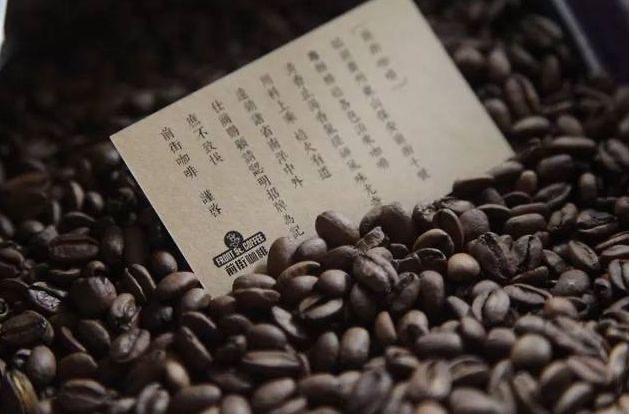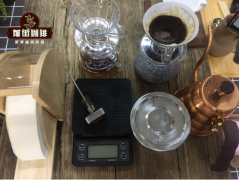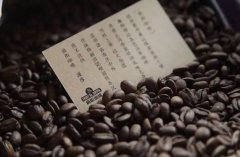Is it necessary to pour the coffee beans into the sealed can? is the one-way valve better or the coffee bean sealed?

This time we would like to tell you what kind of sealed cans to buy to preserve the coffee beans.
First of all, the conclusion: the more it can withstand high pressure without rupture and leakage, the better for coffee beans.
Vacuum sealed tank
Some sealed cans boast that they can be ventilated after sealing to keep the ingredients in the cans fresh. This function is effective for general food materials, mainly to reduce the possibility of microbial growth after excluding oxygen and moisture. However, if coffee beans (roasted beans) are preserved, pumping causes low pressure in the environment, which will accelerate the exhaust of cooked beans, thus accelerating the aging of cooked beans.
So, this is the worst choice.
Sealed tank with exhaust valve
This option is better. If the cooked beans you put into the jar are freshly baked, the subsequent exhaust of the cooked beans will drive away the original moisture and oxygen from the exhaust valve, reducing the chance of bacteria reproduction. However, it can not "slow down" the aging rate of ripe beans, just so that cooked beans go through the process of natural aging, bacteria do not mess up.
Airtight sealed tank that can store pressure
This is the best choice! After the cover is sealed, the exhaust of cooked beans causes high pressure in the tank, which can effectively slow down the rate of continuous exhaust of cooked beans, and the aging speed becomes slower at the same time, thus prolonging the taste period of cooked beans.
In order to achieve this effect, the sealing tank lid must be equipped with effective fasteners, and the sealing cans sealed only by the friction of silicone strips are definitely not suitable. In addition, all exhaust valves, pressure relief / pressure relief devices are redundant, they increase the cost of the jar, but do not help to preserve cooked beans.
The material of the sealed tank
Please choose a material with a smooth surface and high pressure resistance.
Plastic definitely won't work. It is a loose structure polymerized by many long-refined molecules, and the flavor molecules of coffee can easily get into the wall of the pot or even out of the jar, which will lead to poor freshness and residual taste. You may have had the experience that some thin-walled plastic cans of coffee beans become sticky after a few days. .
A thick glass jar should be the best choice, especially if it is food-grade colored glass.
If you choose a ceramic jar, please choose a glazed tank inside.
Try the food container in your home. Under the premise of no residual flavor, if you seal the fresh cooked beans for a few days, if it does not burst, and you obviously feel the sound of gas escape when opening the lid, congratulations, it will be left to it to keep the cooked beans fresh in the future.
Important Notice :
前街咖啡 FrontStreet Coffee has moved to new addredd:
FrontStreet Coffee Address: 315,Donghua East Road,GuangZhou
Tel:020 38364473
- Prev

Coffee brewing method and utensils coffee brewing method there are several kinds of coffee and multiple brewing methods
The hand-flushing method, whose full name is "manual filtering method", has been very popular in recent years. The Internet is full of discussion articles and equipment sales, so it is not too much to call it an outstanding study. In fact, it used to be a method of brewing that the industry disdained. After all, what's the fun of pouring hot water on coffee powder? In 2004, Zhanlu made a better choice in addition to "American Italian Coffee" for lovers of black coffee.
- Next

How do you keep the coffee beans at home? how long do you keep the coffee beans for long?
Coffee beans are fresh ingredients, not dry goods. "No, roasted coffee beans have very low water content and low water activity, aren't they equated with dry goods?" "Water activity" means that you have knowledge of food science, but roasted coffee beans (cooked beans) are fresh ingredients not because of their high water content, but because their main flavor components are highly volatile.
Related
- Beginners will see the "Coffee pull flower" guide!
- What is the difference between ice blog purified milk and ordinary milk coffee?
- Why is the Philippines the largest producer of crops in Liberia?
- For coffee extraction, should the fine powder be retained?
- How does extracted espresso fill pressed powder? How much strength does it take to press the powder?
- How to make jasmine cold extract coffee? Is the jasmine + latte good?
- Will this little toy really make the coffee taste better? How does Lily Drip affect coffee extraction?
- Will the action of slapping the filter cup also affect coffee extraction?
- What's the difference between powder-to-water ratio and powder-to-liquid ratio?
- What is the Ethiopian local species? What does it have to do with Heirloom native species?

